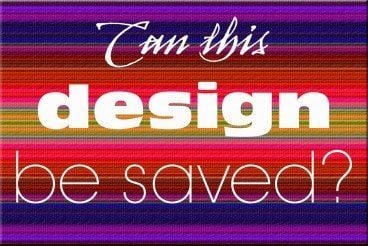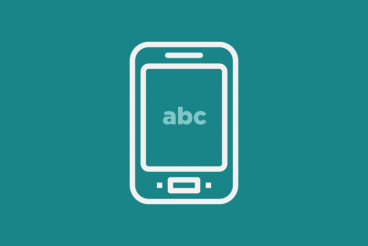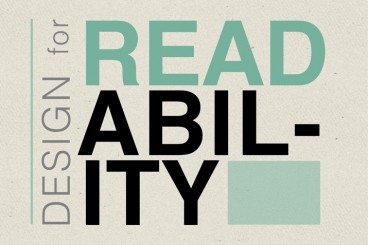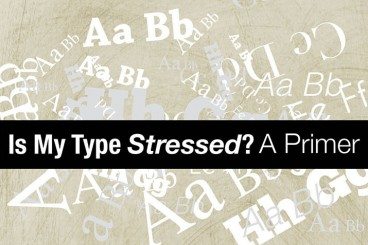
Graphics / 16 Jun 2015
Can You Fix a Bad Design? Here’s Where to Start
It’s an hour before deadline and your boss just handed you a design project to finish up. And it’s bad. Very bad. It has problems ranging from poor images to crazy color, typography choices to general sloppiness. What should you do? Can it be fixed?
There are a few things you can do to help salvage a bad design with the understanding that it won’t be perfect. But making it passable as a design project for your company might well still be an option. Here’s how!










